Follow us on:
Contacts:
Via Fra Mauro 14b
00176, Roma
Italia
00176
https://www.iubenda.com/privacy-policy/14663859
Stone Barn Meditation Camp
Vidzeme, Latvia
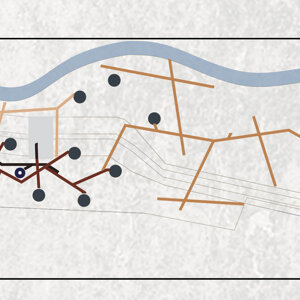
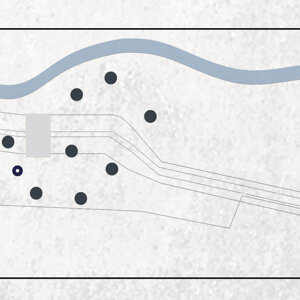
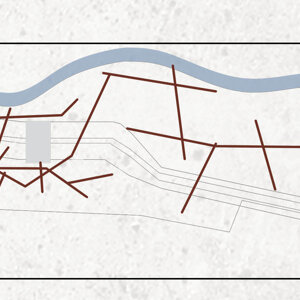

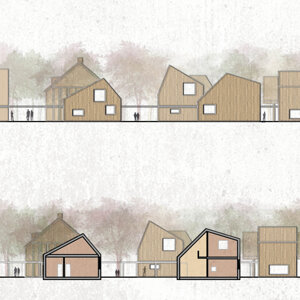
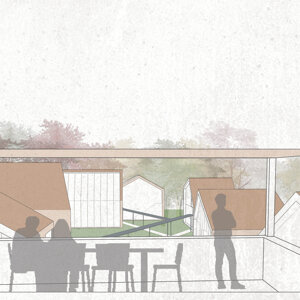
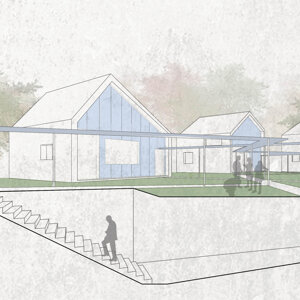
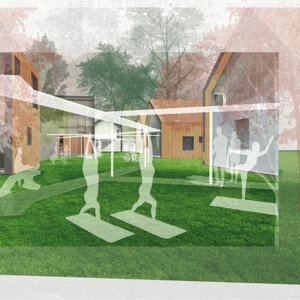
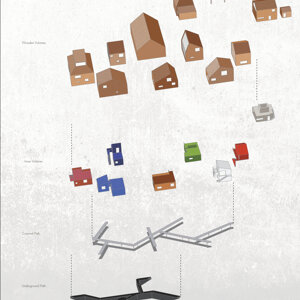
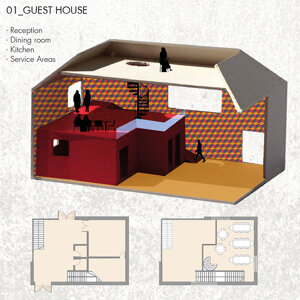


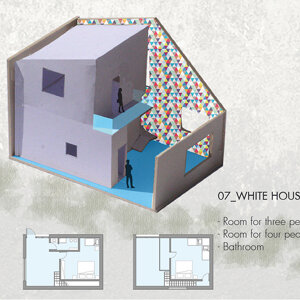
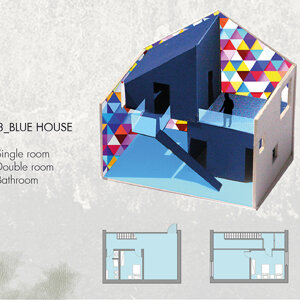
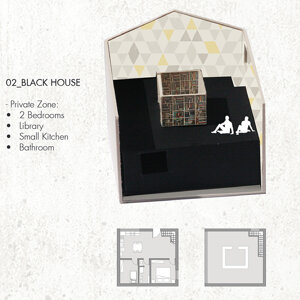
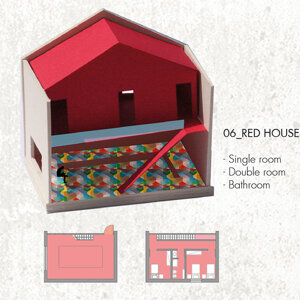
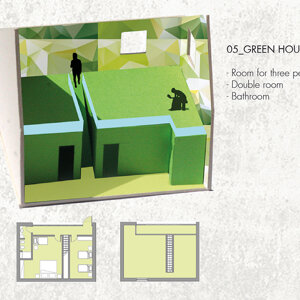
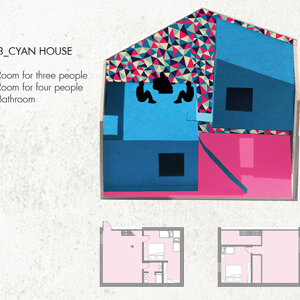
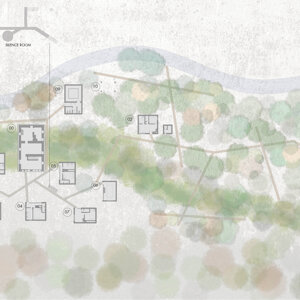
Design team: Giuseppe Vultaggio, Caterina Pirrera
The project is situated within the rural area of Vidzeme, in the eastern region of Latvia; The area rich of forests, lakes and meadows, and therefore very famous for its landscape beauty. At the center of the project area is located a stone barn built in 1895 and used as a sawmill until 1990 when it was abandoned and partially demolished. Given the characteristics of the context, in order not to disfigure the landscape and to minimize the impact of new buildings on the territory, it is thought to realize a widespread intervention: not a massive building but a core of small buildings which would form a village. The project can be described as a branched system of paths that start from a space in front of the barn and reach the surrounding woods. In fact, around the barn are collected the small buildings that are connected to each other by a covered path, while others paths are spread and branch out into woods out of the Village. From the space in front of the Barn it is possible to access a basement that leads visitors into a hypogeum that houses the Silence Room, with can be entered from the park, barn and the Guest House. The barn will affect the ground floor, services that support the main activities; while on the second floor there will be the main hall where meditation and yoga activities will take place. To this building, are added another eleven that will cover all the other necessary functions. The first building is the Guest House, designed as reception, dining / dinner area, kitchen and area services; the other six buildings will be used as the rooms available to users and staff. It is completed by the new sauna area, a covered terrace for outdoor activities, a building supplied with the guardian with an guesthouse, and, as described above, the in-silence room on the ground floor. From a morphological point of view, each single building is characterized by an outer wooden box that contains colorful volumes used for accommodation facilities: they are provide with this solution to ensure that visitors would have a private space (bedrooms) and the free and multifunctional space to share with other visitors inside the wooden teak. To provide with a good conditions of living in the structures, it is thought to use some arrangements to ensure a good circulation of indoor and outdoor air of buildings, through the use of a bioclimatic atrium that characterizes each structure. This in fact guarantees not only good air quality, but also the quality of natural lighting and also the heating and cooling of the building. It is supplemented with the system of solar panels, placed on the roofs of buildings, for the production of electricity; and a solar thermal system for the production of domestic hot water. An important issue of the project purpose was the recovery of water; Indeed, there were designed two different systems which prevents wasting water. The first concerns phyto-purification,which is a system where domestic waste water is sealed in a waterproof basin and filled with gravel material and suitable plants. The second, however, is a system of first flush rainwater tanks; A system that separates the first 5mm / mq of rain and which subsequently will get purified to be reused.
Follow us on:
Contacts:
Via Fra Mauro 14b
00176, Roma
Italia
00176
https://www.iubenda.com/privacy-policy/14663859

